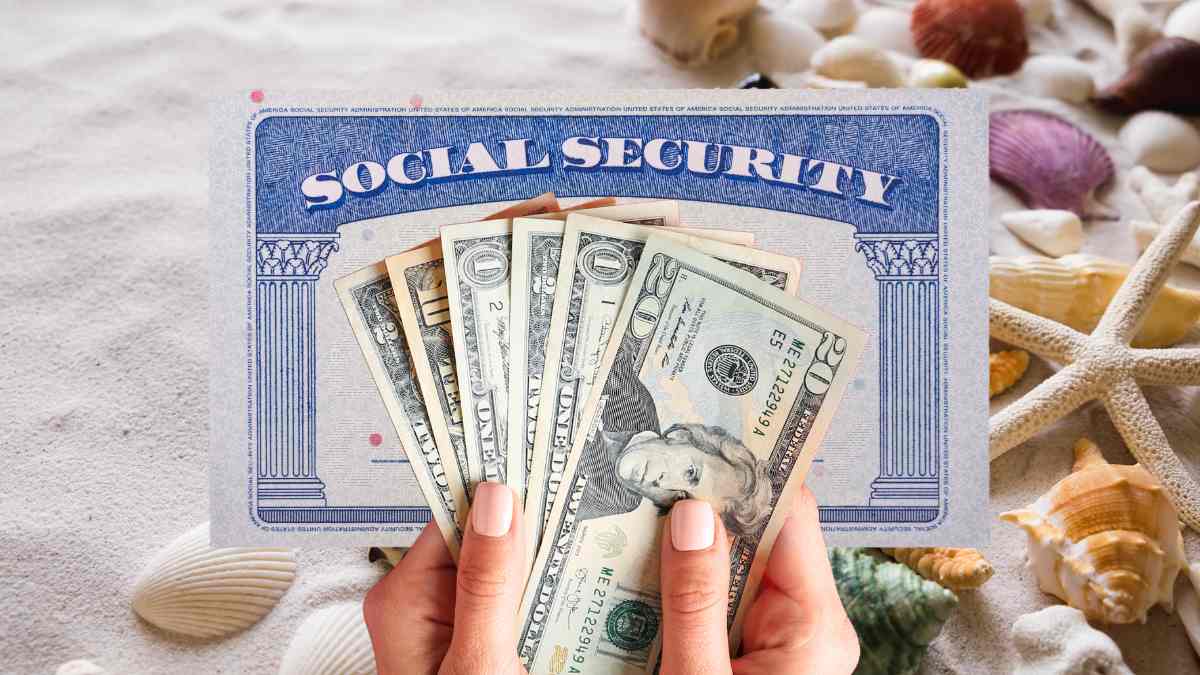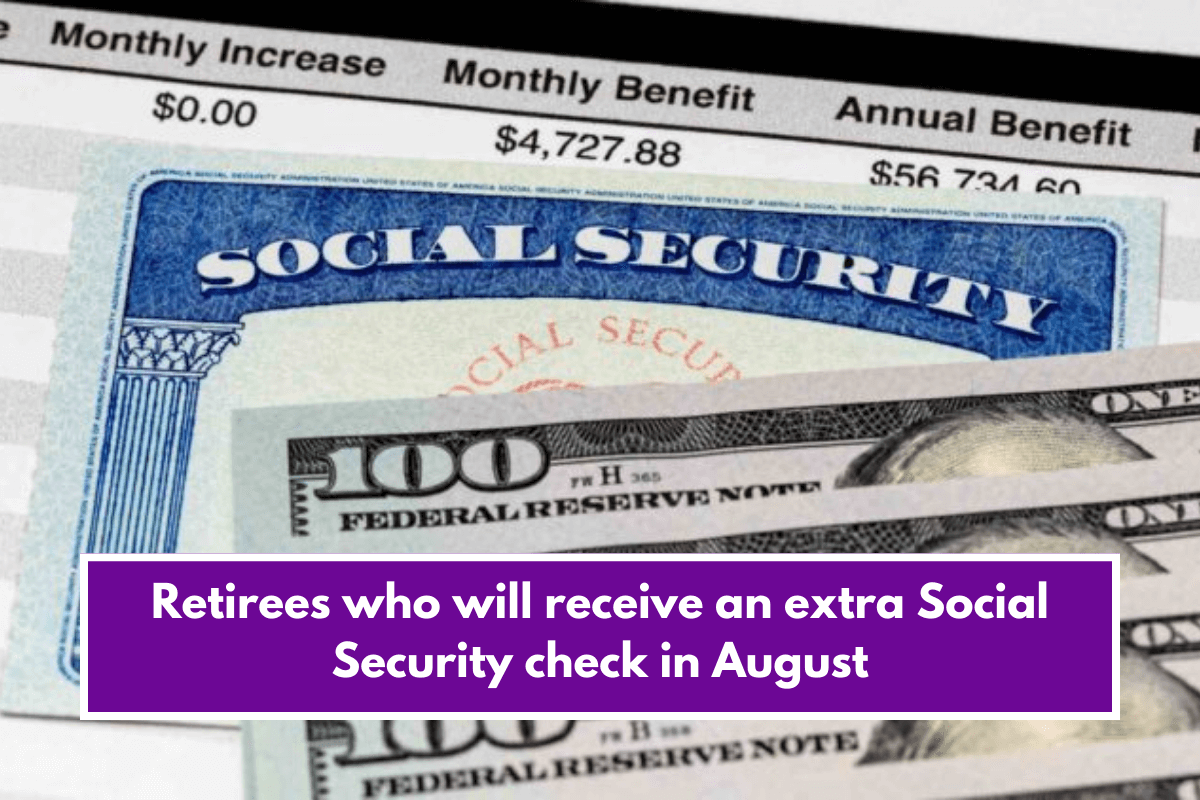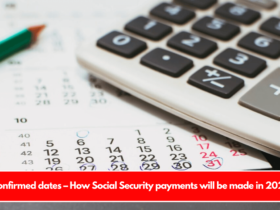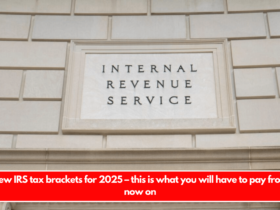Each month, Social Security recipients usually get one payment for each program they are a part of. But in August, some recipients will notice a change to this pattern. People who get Supplemental Security Income (SSI) will get two checks in August to make sure they get their benefits on time.
There will be two payments: the first on August 1 and the second on August 30. This happens a lot, but not all the time; the second cheque is an early payment for September. This change was made because September 1 falls on a weekend this year.
The Social Security Administration (SSA) wrote in a 2022 blog post, “We do this to make sure you don’t have to wait past the first of the month to get your payment and to avoid putting you at a financial disadvantage.” Since this doesn’t mean you got a double payment last month, you don’t need to let us know about the second payment.
Due to the way the calendar works, this method sometimes means that SSI recipients get more than one payment in a month. However, recipients shouldn’t get too comfortable with their finances because they won’t get another payment until October 1.
People on SSI will be most affected by this change to their schedules. Not many regular Social Security recipients will see any changes to their payment plans in August. People aged 65 and up, as well as disabled or blind adults and children, can get SSI payments. About 7.4 million people were getting these monthly benefits as of June. They are not the same as retirement benefits or other handicap programs run by the SSA.

Fate of Social Security
A lot of people are worried about what will happen to Social Security in the future. People who depend on these payments, like seniors and disabled people, as well as those who pay into the system, are getting more and more worried as analysts warn of a possible funding problem. According to current estimates, the program could run out of money by the middle of the 2030s if Congress does nothing. This could mean that seniors will get less money.
On both parts of the political spectrum, different policy ideas have been put forward to deal with this growing issue. These include raising the retirement age, taxing the wealthy, or lowering the amount of benefits that people can get. The American people and Republican politicians, on the other hand, don’t like these ideas.
Despite these problems, Social Security payments are adjusted for inflation every year through the cost-of-living adjustment (COLA) to make sure that seniors don’t lose the ability to buy things. Even so, people who get benefits have long said that these changes are not enough to keep up with the rising prices of things like food, housing, and health care, and that cutting benefits would only make them worse off.
The COLA caused recipients’ checks to go up by up to 8.7 percent in 2023. But in 2024, the adjustment was much smaller, at only 3.2 percent, which means that most beneficiaries’ checks went up by about $50. This small rise hasn’t helped ease the financial stress that many seniors are under, especially after all the bad effects of the pandemic.
In an interview with Newsweek, Alex Beene, a financial literacy teacher for the state of Tennessee, said, “When you walk into a grocery store, you can feel the frustration among seniors.” Everyday things that people didn’t expect to see prices go through the roof in retirement are some of the things that are most affected by inflation.
He’s not the only one who thinks this way; earlier this year, the Senior Citizens League did a poll that showed seniors are still having a hard time with price increases on almost every household item. 93 percent of senior respondents in 2023 said that their monthly family costs had gone up by more than $59, and 43 percent said that their monthly costs had gone up by more than $185.
These price hikes can be terrible for seniors who are already having a hard time with money. The National Council on Ageing says that about 25 million Americans aged 60 and up live at or below 250% of the federal poverty line.
“The increases are there, but there’s a general feeling that they’re not substantial enough, and it’s easy to see why,” Beene said, reflecting the view of many seniors that COLA changes don’t do enough to deal with the rising cost of living.















Leave a Reply